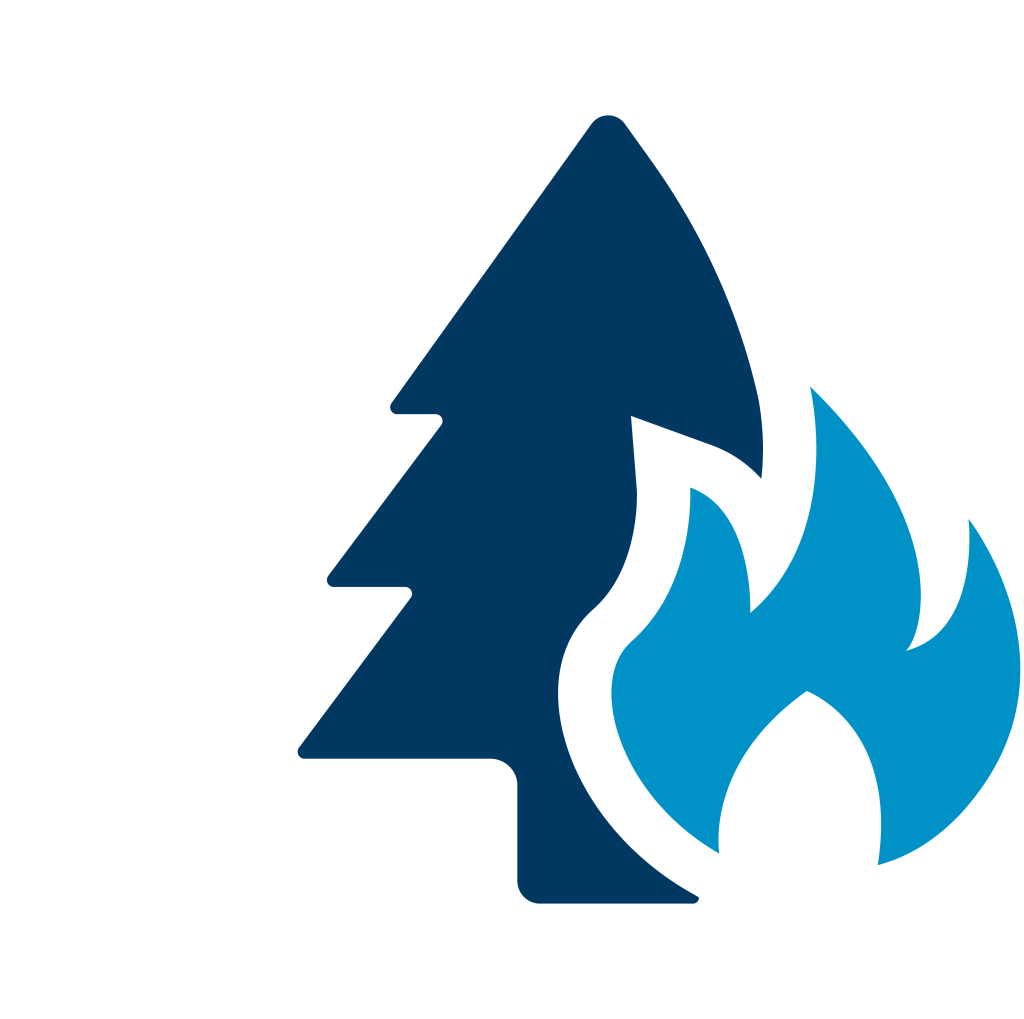
Wildfires are once again raging in Canada causing disruptions to economic activity and destroying infrastructure in parts of the country. These natural disasters are no longer unusual, and are becoming increasingly frequent and financially burdensome.
In 2024, the Insurance Bureau of Canada saw a record $8.5 billion in insured losses stemming from major events including the remnants of Hurricane Debby in Quebec, a significant hailstorm in Calgary, and the Jasper wildfires.
Data shows1 seven of the top 10 years for total insured losses have occurred in the last decade—highlighting a persistent upward trend. There were 29 disaster incidents in 2016—hitting a peak with the devastating Fort McMurray wildfire creating about $4 billion in damages alone.
The annual average cost of natural disasters soared to $1.5 billion between 2009 and 2019—compared to only $600 million in the previous decade—a clear indication of escalating economic risk.
Short term reconstruction boosts vs. long term impact
In the immediate aftermath of disasters, massive reconstruction efforts tend to buoy the economy.
Rebuilding damaged infrastructure, homes, and businesses can temporarily boost gross domestic product and lower unemployment. This pattern plays out repeatedly in monthly GDP data. Natural disasters cause significant disruption to economic activity, but are followed by a quick bounce back as activity re-starts and rebuilding begins.
However, this short term economic bounce back can be deceptive. Part of the recovery typically reflects rebuilding lost assets rather than investment in new assets. The shift of resources towards reconstruction means less production resources are available for investments like technological upgrades or expanding the capital stock.
It is also crucial to note that while rebuilding supports current employment figures, replacing what was lost typically has less impact on future productivity growth versus those resources being used on new investments instead. Therefore, funds used for recovery represent lost opportunities to invest in innovation or research and development, which are vital for sustainable economic growth.
To put this opportunity cost in context, the total damage of $5 billion incurred in 2016, including the Fort McMurray wildfire which contributed most of that amount, represented roughly 14% of the nation’s R&D spending that year and diverted resources from future productivity and innovation.
Impact on key industries and insurance premiums
The repercussions of frequent natural disasters extend well beyond immediate damage repair.
For example, Alberta’s oil industry has experienced significant disruptions due to wildfires, which have led to unplanned shutdowns at critical production facilities. These shutdowns dampen local economies, but also send ripples through global oil markets2 by reducing supply and creating price volatility.
Insurance payouts have also climbed along rising premiums as the number of disasters increase. Homeowners’ insurance premiums have increased by 5% per year on average over the last two decades—more than twice the 2% average inflation rate. This price pressure has been compounded by surging insured losses from severe weather, which more than doubled from $3.6 billion in 2022 to $8.5 billion in 2024. Higher premiums are placing growing financial burden on households and businesses.
How we deal with natural disasters has longer implications for living standards
Dealing with natural disasters will continue to be a more frequent challenge for Canada’s economy, and the way we deal with them has broader implications for productivity and living standards. There’s a need to shift focus from just reconstruction efforts to long term resilience.

Proactive investments in mitigation, such as improved forest management practices3, can significantly reduce future disaster costs and severity. These prevention strategies are more cost-effective than post-disaster recovery, and also help stabilize insurance premiums and secure local economies against recurring shocks.

Furthermore, diversifying regional economies—particularly in areas heavily dependent on resource extraction or tourism—can mitigate the impact from natural disasters and lessen regional vulnerabilities.

By channeling resources into resilient infrastructure, innovation-oriented policies, and proactive disaster prevention measures, Canada can create a robust economic environment that is less susceptible to the cyclic nature of rebuilding destroyed assets, and more geared towards investing in new growth drivers.
Abbey Xu is an economist at RBC. She is a member of the macroeconomic analysis group, focusing on macroeconomic forecasting models and providing timely analysis and updates on economic trends.
Nathan Janzen is an Assistant Chief Economist, leading the macroeconomic analysis group. His focus is on analysis and forecasting macroeconomic developments in Canada and the United States.
This article is intended as general information only and is not to be relied upon as constituting legal, financial or other professional advice. The reader is solely liable for any use of the information contained in this document and Royal Bank of Canada (“RBC”) nor any of its affiliates nor any of their respective directors, officers, employees or agents shall be held responsible for any direct or indirect damages arising from the use of this document by the reader. A professional advisor should be consulted regarding your specific situation. Information presented is believed to be factual and up-to-date but we do not guarantee its accuracy and it should not be regarded as a complete analysis of the subjects discussed. All expressions of opinion reflect the judgment of the authors as of the date of publication and are subject to change. No endorsement of any third parties or their advice, opinions, information, products or services is expressly given or implied by Royal Bank of Canada or any of its affiliates.
This document may contain forward-looking statements within the meaning of certain securities laws, which are subject to RBC’s caution regarding forward-looking statements. ESG (including climate) metrics, data and other information contained on this website are or may be based on assumptions, estimates and judgements. For cautionary statements relating to the information on this website, refer to the “Caution regarding forward-looking statements” and the “Important notice regarding this document” sections in our latest climate report or sustainability report, available at: https://www.rbc.com/community-social-impact/reporting-performance/index.html. Except as required by law, none of RBC nor any of its affiliates undertake to update any information in this document.


